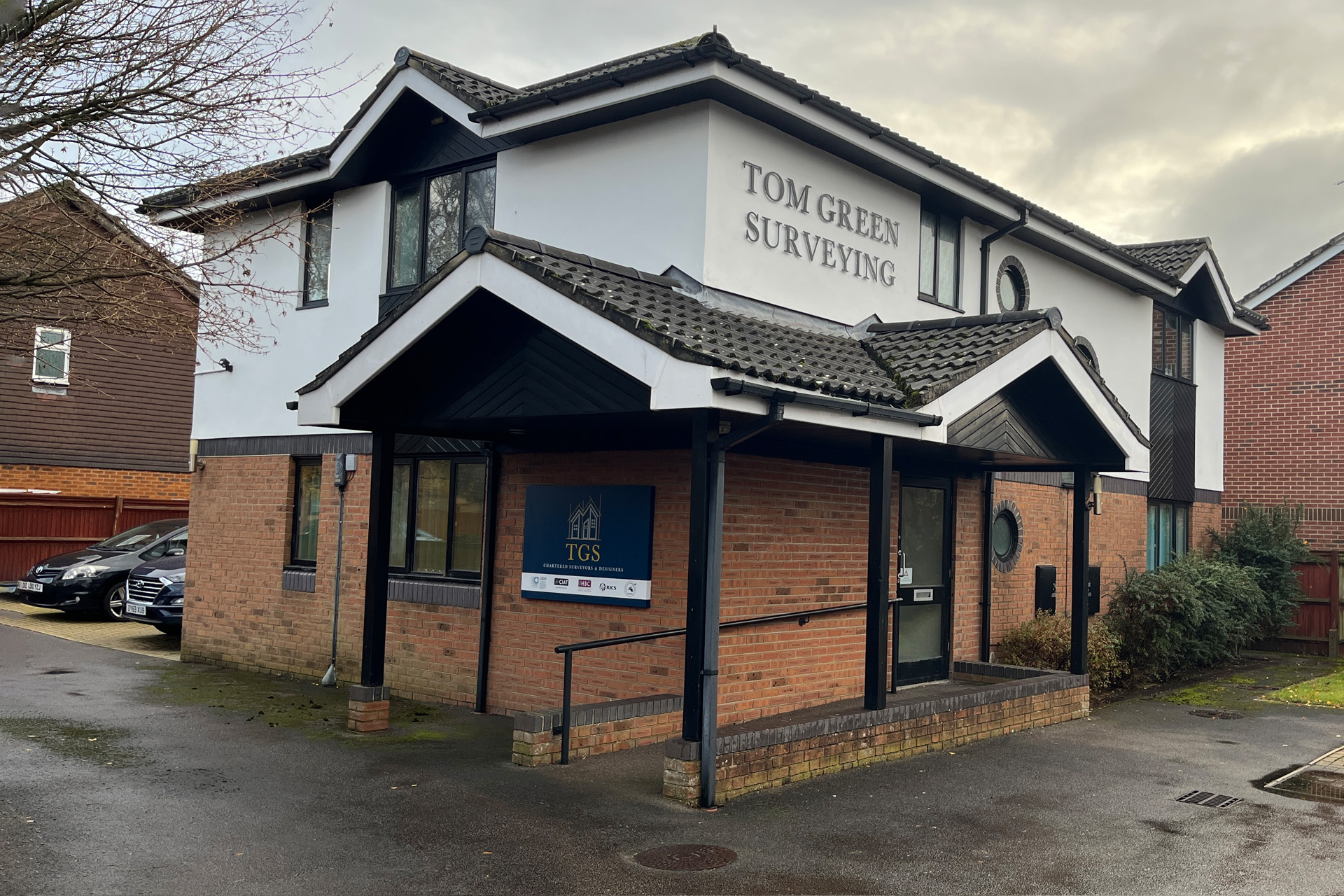Rights to Light Calculations & Reports
What is a right to light?
A right to light is a civil matter and is separate from daylight and sunlight, as considered by Local Planning Authorities. Therefore, rights of light must be considered even if planning permission has been granted. Rights of light can affect both domestic and non-domestic properties - even non-habitable rooms are capable of enjoying a right of light.
In England and Wales, right to light planning is usually acquired under the Prescription Act 1832. Under the Act, a right to light usually occurs once light has been enjoyed through defined apertures of a building for an uninterrupted period of 20 years.
An infringement may give the neighbouring owner the right to seek an injunction to have the proposed development reduced in size. If the loss of light is small and can be adequately compensated by money, a court may decide to award compensation instead of an injunction.
Calculations & Reports
The right is to a certain amount of light and not to all of the light that was once enjoyed. Mathematical calculations are used to determine whether or not a development causes an infringement. For speed and accuracy, rights to light calculations are undertaken using specialist computer software.
We tailor our right to light planning advice to suit your project requirements. However, our rights of light report will typically cover the following areas:
- Calculations to confirm whether or not rights of light are injured
- Identification of injunction risks
- Compensation valuations where risks identified
- Advice on the appropriate strategy for dealing with rights of light risks.

